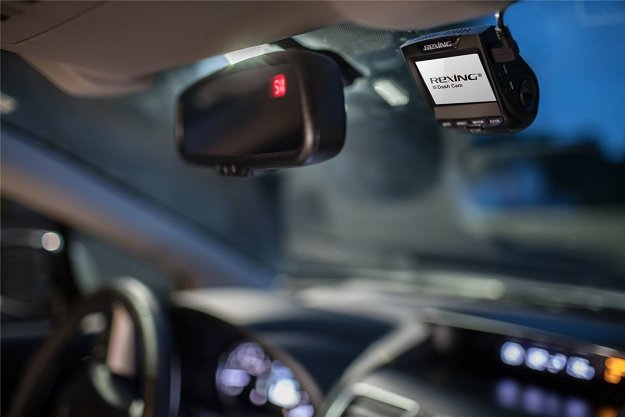BMW has introduced a fuel-sipping, plug-in hybrid variant of the brand-new 5 Series named 530e iPerformance. For the German brand, the gasoline-electric sedan represents another step toward fulfilling its goal of electrifying every member of its lineup.
The 530e’s plug-in hybrid drivetrain is built around a turbocharged, 2.0-liter four-cylinder engine that delivers 180 horsepower and 215 pound-feet of torque. It works with a compact electric motor programmed to generate 95 horses and 184 pound-feet of twist. Combined, the two power sources provide 248 horsepower and and 310 pound-feet of torque.
The turbo four and the electric motor both spin the rear wheels via an eight-speed automatic transmission. There are two sides to the 530e: On one hand, it’s capable of hitting 60 mph from a stop in 6.1 seconds, and reaching an Autobahn-worthy top speed of 130 mph. On the other hand, a 9.2-kWh battery pack mounted under the rear seats helps the motor power the 530e on its own at speeds of up to 87 mph. Driving range and gas mileage haven’t been announced yet.
It takes seven hours to charge the liquid-cooled battery pack when the 530e is plugged into a regular, 120-volt outlet. Using a BMW charging station reduces the time needed to top up to under three hours. A special graphic embedded in the instrument cluster lets the driver monitor the charging process.
The visual differences between the standard 5 Series and the 530e are minor at best. Careful observers will notice the plug-in 5 features blue accents in the kidney grilles and on the wheels, as well as i emblems on both fenders. The list of available equipment includes BMW’s advanced gesture control technology, and a full suite of semi-autonomous driving aids.
The 2018 BMW 5 Series iPerformance is scheduled to arrive in showrooms across the nation in the spring. Pricing information will be released in the weeks leading up to its on-sale date.
Editors' Recommendations
- 2024 BMW i5 unveiled as the first electric 5 Series
- BMW stripped weight and added power to make its pint-sized M2 even better
- BMW teases hydrogen cars again with fuel cell X5 concept
- This supercar-beating EV test mule wants you to think it’s a normal BMW 5 Series




